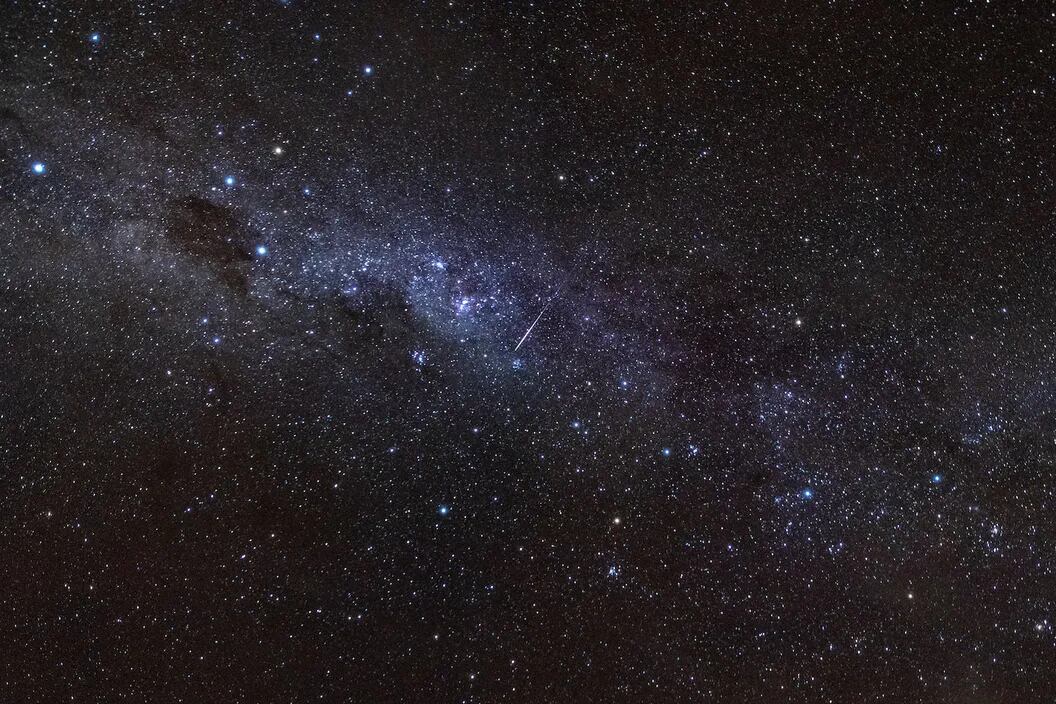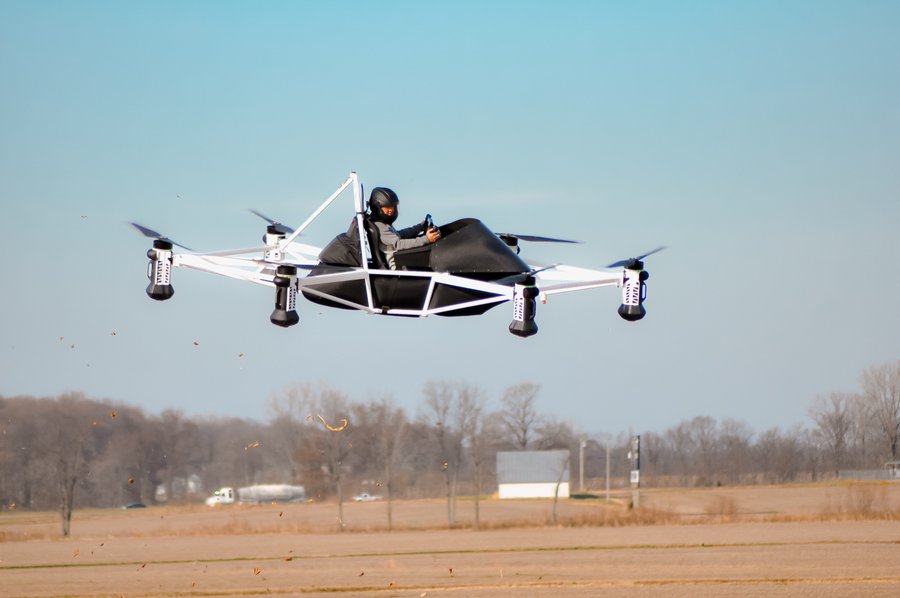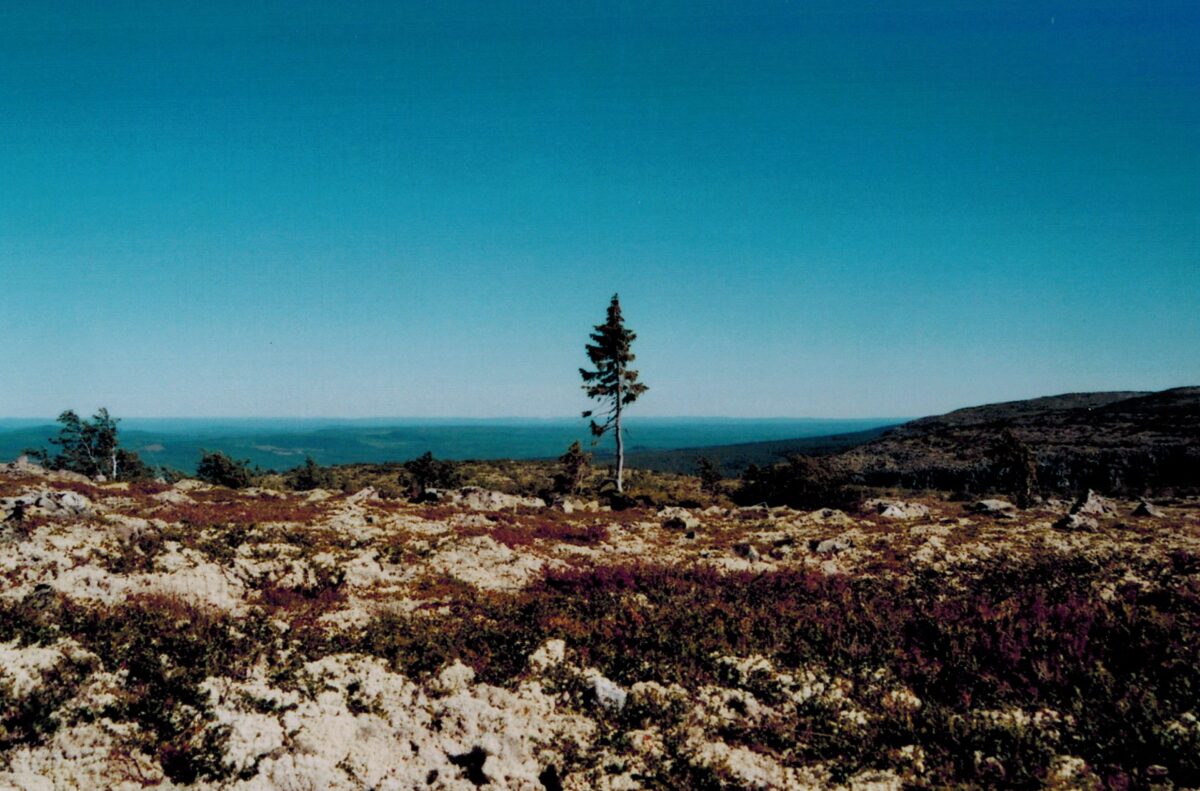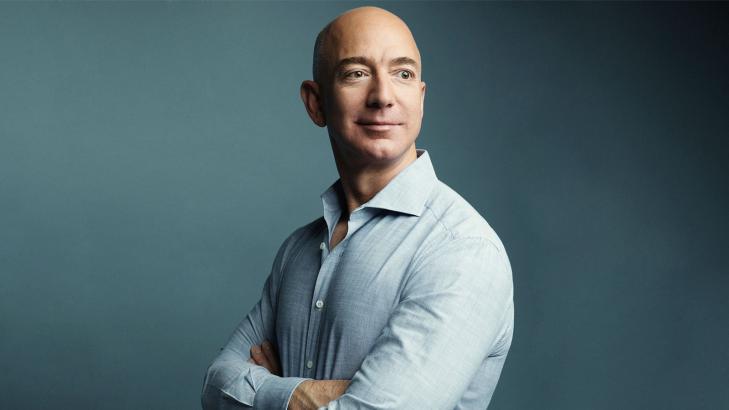Impossible Discovery
Scientists from the University of Central Lancashire in the UK have reported the discovery of a massive cosmic structure that challenges current understanding of the universe. The Great Ring, as it is called, is a nearly perfect circle of galaxies and galaxy clusters that spans approximately 1.3 billion light-years in diameter, making it larger than any known structure.
The Great Ring covers about 3% of the observable universe and may be part of an even larger structure. When visible to the naked eye, it would appear to be the size of 15 full moons in the night sky.
Traditionally, superclusters of galaxies were believed to be the largest structures in the universe, with sizes exceeding hundreds of millions of light-years. They can form threads that stretch over billions of light-years and contribute to the web-like structure of the universe.
However, the Great Ring is not only larger than these structures, but larger than any other structure discovered to date. This challenges the cosmological principle, which states that the universe should appear uniform in all directions to all observers within it. While there may be random variations in the distribution of stars and galaxies, at the largest scale they should merge into a homogeneous system.
The cosmological principle sets an upper limit on the size of any structure at 1.2 billion light-years, but the Great Ring clearly exceeds this value. If it were an isolated discovery, it might be dismissed as an anomaly or a mistake, but the Great Ring is not the only “impossible” giant structure discovered.
Two years ago, fellow astronomer Alexia Lopez from the University of Central Lancashire discovered a crescent-shaped structure called the Giant Ark, which is 3.3 billion light-years long. In 2015, a gigantic ring of gamma-ray bursts (GRBs) with a diameter of 5.6 billion light-years was discovered. And although the status of the Great Wall of Hercules and the Northern Crown, a galactic thread stretching over 10 billion light-years, as a single structure remains debatable, their size is still remarkable.
Even more intriguingly, the Great Ring and the Giant Ark are in the same part of the sky and about the same distance from Earth, 9.2 billion light-years away. They may be part of a single, even larger structure.
The discovery of these giant structures challenges the cosmological principle and may require scientists to consider alternative models, such as the appearance of gigantic structures due to one-dimensional defects in space and time, known as cosmic strings.
Another possibility is the model of conformal periodic cosmology, which suggests that our universe is just one link in an infinite chain of universes, with the collapse of one causing a big bang in another.
The discovery of the Great Ring and other giant cosmic structures has significant implications for our understanding of the universe and its fundamental principles. Fascinating!!




